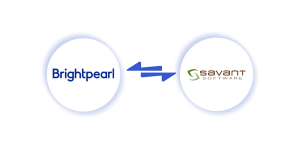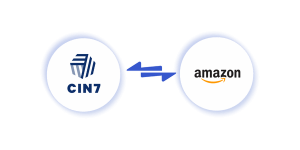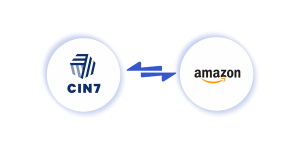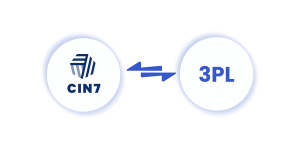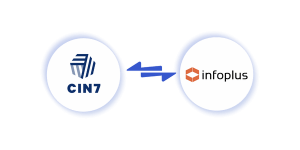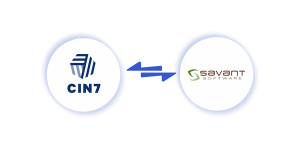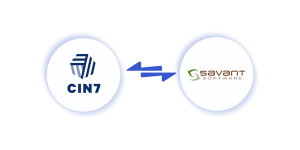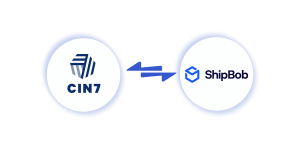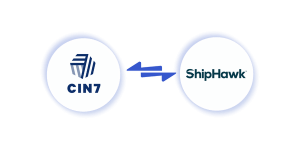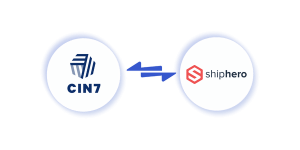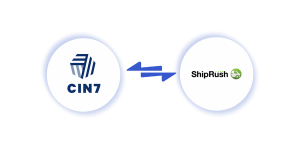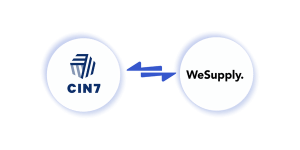DIY Developer Guide: Building Custom Integrations for 3PL Central

Overview
3PL Central is a leading warehouse management system (WMS) designed specifically for third-party logistics providers. It offers powerful APIs that enable automation of inventory management, order fulfillment, shipment tracking, and billing. This DIY Developer Guide for 3PL Central outlines a complete strategy for building secure, scalable, and efficient custom integrations that streamline warehouse and supply chain operations.
Prerequisites for 3PL Central Integrations
- 3PL Central API Access (Client ID, Client Secret)
- API key and user credentials
- Familiarity with:
- RESTful APIs
- OAuth 2.0 Authentication
- JSON data structures
- Tools: Postman, 3PL Central API Documentation, SDKs (Python, Node.js)
Step 1: Authentication for 3PL Central Integrations
3PL Central APIs use OAuth 2.0 for secure authentication.
Example Token Request:
POST https://secure-wms.com/AuthServer/api/Token
Content-Type: application/x-www-form-urlencoded
grant_type=password
&username=YOUR_USERNAME
&password=YOUR_PASSWORD
&client_id=YOUR_CLIENT_ID
&client_secret=YOUR_CLIENT_SECRETThe returned access token must be used in all subsequent API requests.
Step 2: Endpoint Discovery and Data Mapping
Common API Resources:
- Customers
- Orders (Inbound and Outbound)
- Receipts
- Shipments
- Inventory
Process:
- Review 3PL Central API endpoint documentation.
- Map your ERP or eCommerce fields to 3PL Central API fields accurately.
Important considerations:
- SKU mapping and warehouse IDs must match.
- Understand order status workflows (e.g., open, picked, shipped).
- Identify required versus optional fields for each record.
Step 3: Building the Integration Workflows
Integration Patterns:
- Inbound (to 3PL Central): Create orders, update inventory levels, submit receipts.
- Outbound (from 3PL Central): Retrieve inventory statuses, shipment tracking, and order updates.
Example: Creating a New Order
POST /api/v1/Orders
{
"OrderNumber": "ORDER-12345",
"CustomerId": "CUST001",
"WarehouseId": "WH001",
"OrderDetails": [
{ "SKU": "SKU123", "QuantityOrdered": 10 }
]
}Example: Fetching Inventory Levels
GET /api/v1/Inventory?WarehouseId=WH001
Authorization: Bearer YOUR_ACCESS_TOKENStep 4: Error Handling and Pagination
Error Handling:
- Capture HTTP codes and detailed 3PL Central error messages.
- Implement retries for 429 (rate limiting) and 5xx (server) errors.
Pagination:
- Use
pageNumberandpageSizequery parameters for large record sets.
Example:
GET /api/v1/Inventory?pageNumber=2&pageSize=100Step 5: Testing and Validation
- Use Postman and the 3PL Central sandbox (if available) for testing.
- Validate full order-to-shipment workflows.
- Test bulk operations and stress-test high-volume API usage.
Step 6: Deployment and Security
- Deploy on trusted cloud environments (AWS, Azure, GCP).
- Store all sensitive credentials securely.
- Enforce HTTPS/TLS encryption for all API traffic.
- Implement detailed transaction logging and monitoring systems.
Step 7: Maintenance and Monitoring
- Subscribe to 3PL Central API change alerts.
- Set up real-time error alerting and health monitoring.
- Track KPIs like order throughput, shipment processing times, and inventory accuracy.
Optional Enhancements
- Middleware integration using platforms like Boomi, Celigo, or MuleSoft.
- Real-time dashboards for inventory tracking and order visibility.
- Webhook integrations (if supported) for instant status updates.
Summary
Mastering 3PL Central integrations enables businesses to automate warehouse management, optimize inventory accuracy, and enhance fulfillment performance. This DIY Developer Guide for 3PL Central delivers a proven framework for building secure, scalable, and high-performing custom integrations.
Apiworx is dedicated to helping eCommerce businesses scale faster than ever possible before by streamlining and managing complex OmniChannel data flows, we save our customers time and money, allowing them to scale their businesses faster and more effectively. We focus on automation and integration of often-overlooked back-office systems and processes such as order and inventory management. We work with major partners in the industry and build best-in-breed automation and integration solutions.











